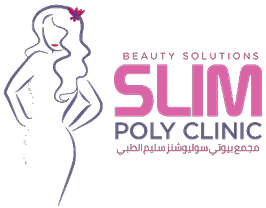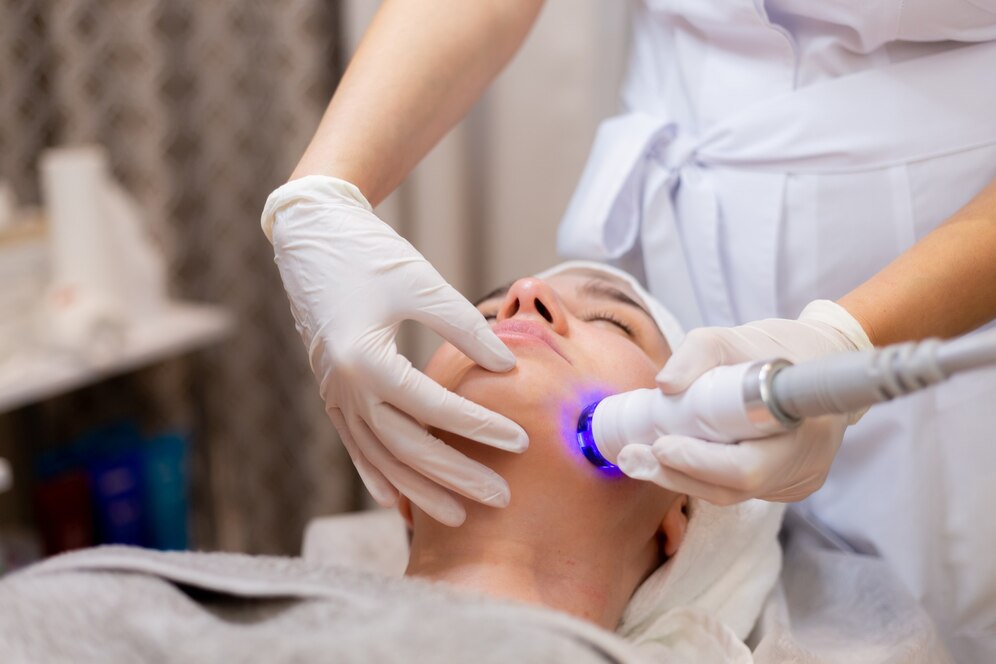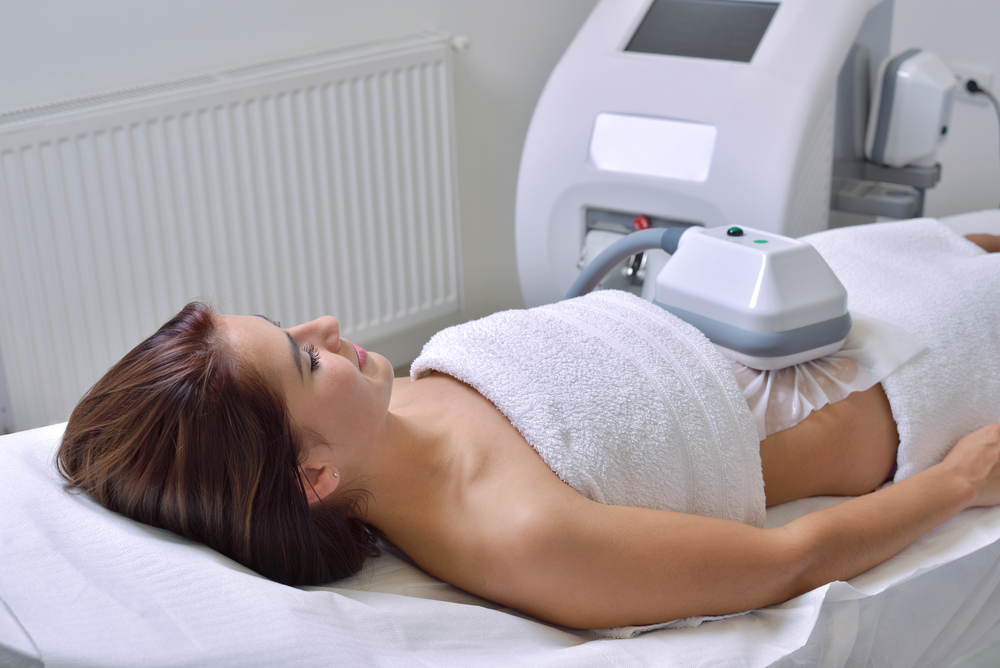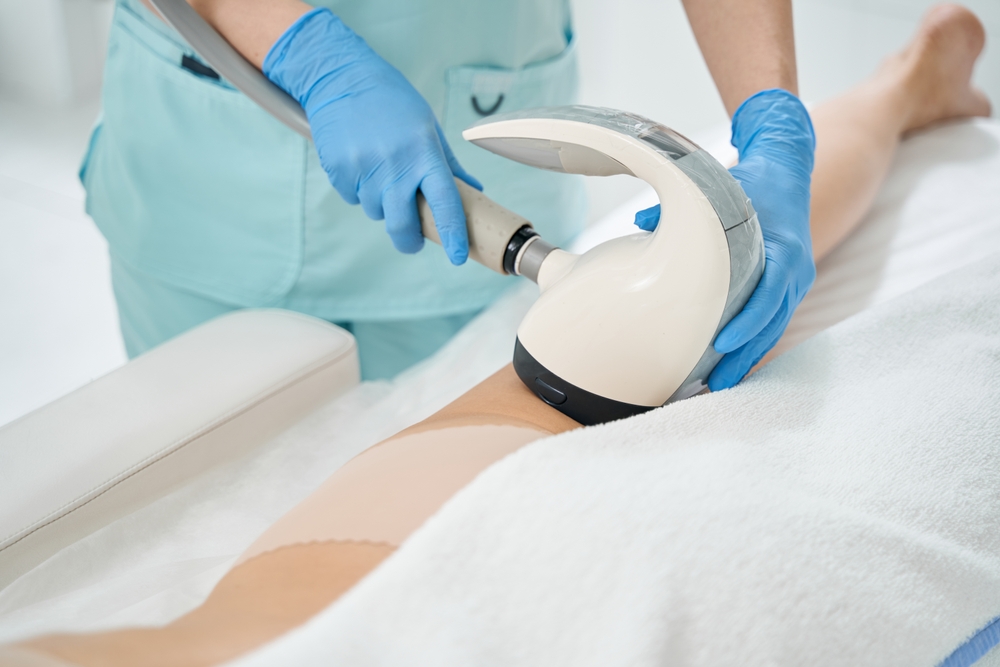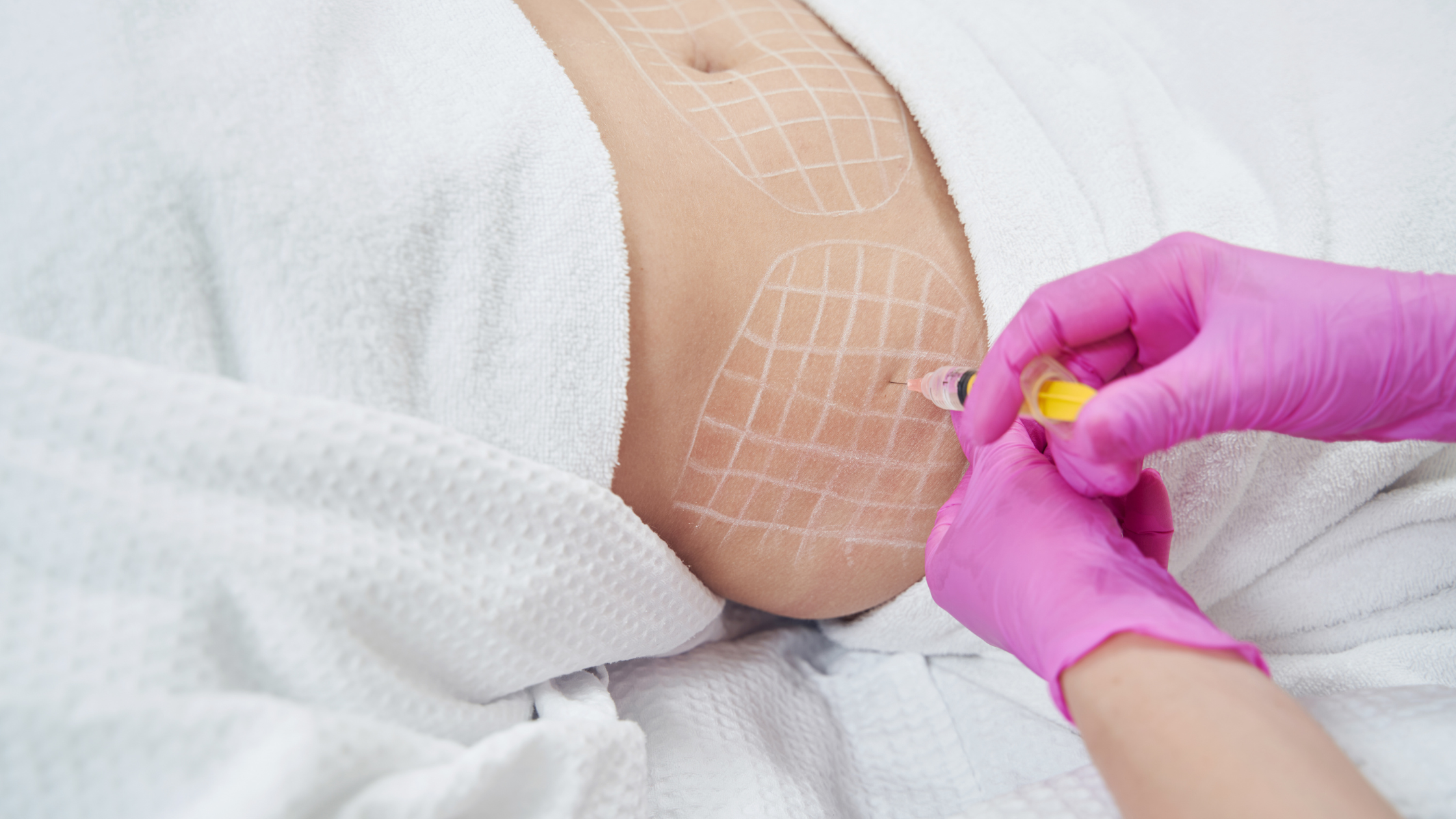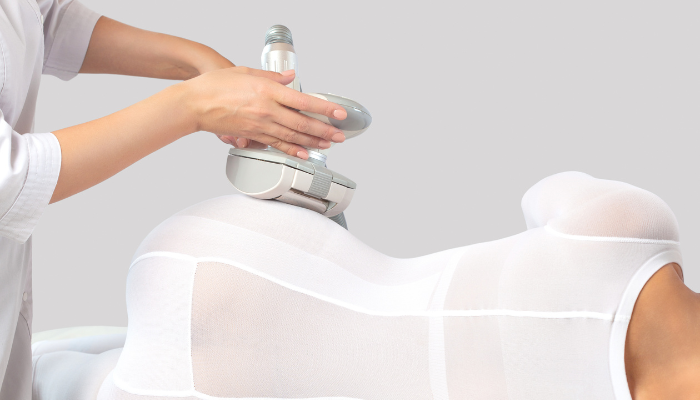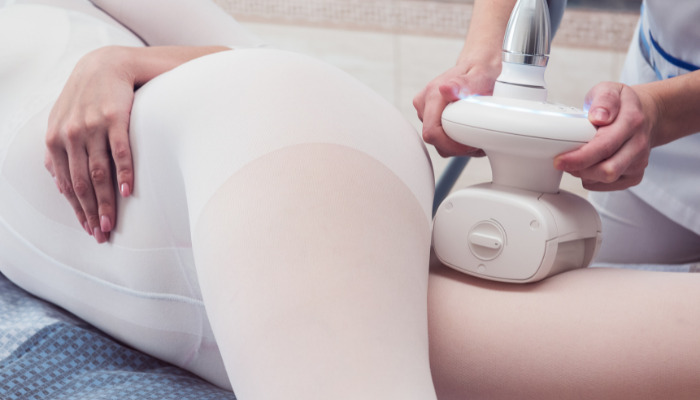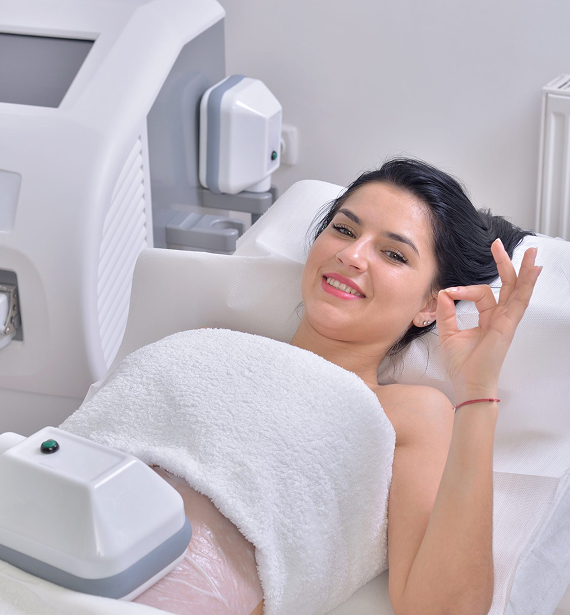Noticing a softer jawline or fine lines where skin once felt firmer?
These gentle changes are natural, but you do not have to accept them quietly. With today’s advanced, non-surgical technologies, it is possible to restore definition and smoothness without the scalpel.
The Modern Approach to Facial Rejuvenation
The beauty industry has evolved dramatically, moving beyond the “one-size-fits-all” surgical facelift to more personalized, non-invasive treatments. Among these, two technologies stand at the forefront: HIFU (High-Intensity Focused Ultrasound) and Ultherapy. Both promise to lift, tighten, and rejuvenate—but understanding their differences is crucial for choosing the right option for your unique needs.
Understanding HIFU: The Powerful Newcomer
HIFU harnesses concentrated ultrasound energy to target multiple skin layers, including the deep foundational layers traditionally addressed only through surgery. This energy creates precise thermal coagulation points that:
- Stimulate immediate collagen contraction
- Trigger long-term collagen regeneration
- Target specific depth levels customized to different facial areas
- Lift and tighten skin from the inside out
What makes HIFU particularly appealing is its versatility. Treatment can be tailored to address your most concerning areas—whether that’s a softening jawline, descending cheeks, or crepey neck skin.
Exploring Ultherapy: The FDA-Approved Pioneer
As the first FDA-cleared ultrasound treatment for non-invasive lifting, Ultherapy offers:
- Precise visualization of tissue layers through ultrasound imaging
- Targeted energy delivery to the same foundational layers addressed in surgical facelifts
- Gradual, natural-looking results that improve over 2-3 months
- Clinically proven effectiveness with over a decade of use
Ultherapy’s distinctive advantage lies in its imaging capability, allowing practitioners to see precisely where the energy is being delivered, ensuring optimal placement and safety.
Key Differences That Matter to Your Results
While both treatments utilize ultrasound technology, understanding their differences can help you make an informed decision:
Treatment Experience:
- HIFU sessions typically last 30-60 minutes with moderate discomfort
- Ultherapy usually takes 60-90 minutes with varying sensation levels
Recovery and Downtime:
- Both treatments allow immediate return to normal activities
- Mild redness or swelling may occur but typically subsides within hours
Results Timeline:
- HIFU often shows initial results within weeks, with continued improvement over 3 months
- Ultherapy results develop more gradually, with optimal results at 3-6 months
Longevity:
- Both treatments produce results that typically last 12-18 months
- Maintenance sessions can extend and enhance outcomes
Which Treatment Is Your Perfect Match?
The ideal choice depends on several personal factors:
- Age and skin condition: Younger patients with early signs of laxity may benefit more from HIFU’s versatility, while Ultherapy’s precision might be preferable for more advanced concerns.
- Treatment goals: Are you seeking subtle refinement or more pronounced lifting? Your expectations will guide the appropriate technology.
- Sensitivity level: Your pain tolerance may influence which technology feels more comfortable for your particular situation.
Expert Guidance Makes All the Difference
The technology you choose is only part of the equation. The practitioner’s expertise and understanding of facial anatomy are equally crucial to achieving optimal results.
Ready to explore which non-surgical face lifting treatment could transform your appearance? Schedule a comprehensive consultation with our specialists today. We’ll analyze your unique facial anatomy and create a tailored recommendation that aligns perfectly with your rejuvenation goals.
